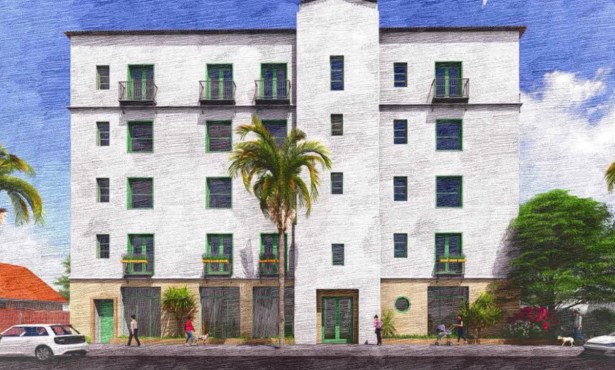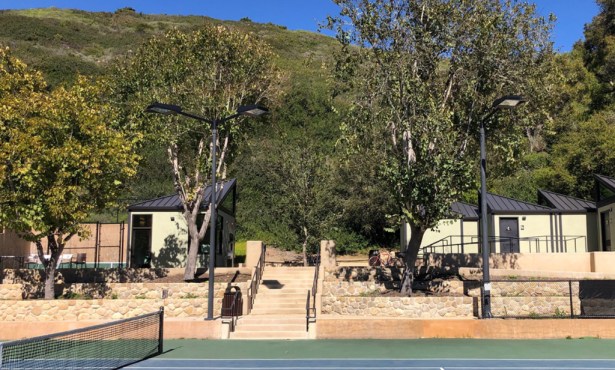Q: ‘When were street lights first used in Santa Barbara?
by Michael Redmon
Santa Barbara’s first municipal street lighting system was
established in 1872, with the introduction of gas lights in
portions of the downtown area. Yet this was not the first attempt
to illuminate the city’s streets. The first attempt dates back to
1852, two years after Santa Barbara officially became an American
city.
The switch to American control and statehood in 1850 brought
some major changes in local government, as well. The old form of a
city council, the ayuntamiento, was replaced by a common
council, the forerunner of today’s city council. Among the early
resolutions passed by the common council were those to survey the
city and lay out a grid pattern of streets to replace the
meandering pathways that had served Santa Barbara up to that time.
The council also appointed a Committee of Three to name these
streets as surveyed by Salisbury Haley.
The streets in this early period were, of course, unpaved. The
passage of horses and vehicles threw up clouds of dust during the
dry summer months, while these same boulevards often turned into
nearly impassable bogs in the rainy season. Footing could often be
treacherous, and local authorities felt a sense of urgency in their
attempts to make the streets safer, especially after the sun went
down. The result, passed on October 9, 1852, was Ordinance No. 35,
which read in part:
Section 1. It shall be the duty of every person
who is the head of a family, residing within that part of the city
bounded on the north by Santa Barbara Street, east by Ortega
Street, south by Chapala Street, and west by Figueroa Street
including all those houses which front upon Chapala Street to cause
a lantern containing a lighted lamp or candle to be suspended every
dark or cloudy evening in front of the house in which he or she may
reside; and the lantern shall thus remain suspended from dark until
10 o’clock in the evening.
Section 2. In case any family shall be unable,
through indigence, to purchase a lantern and candles, such family
shall be supplied therewith on satisfactory proof, to the mayor, of
the fact of such indigence.
The ordinance went on to state that failure to comply would
result in a fine of not less than 10 cents nor more than 10
dollars. This blend of official fiat dictating private action was
the solution in the 1850s to nighttime street safety.
By the 1870s there was a groundswell of opinion to light the
streets in a way that would befit a growing city. This was a decade
of civic boosterism with the completion of Stearns Wharf,
construction of the luxury Arlington Hotel, and the development of
tourism as an important part of the economy. Civic leaders felt it
would simply not do for a growing, dynamic city like Santa Barbara,
with an eye on the tourist dollar, to be saddled with unsafe,
poorly lit streets.
In December 1871, a group led by luminaries such as Charles
Fernald and Samuel Brinkerhoff (after whom Brinkerhoff Avenue is
named) formed the Santa Barbara Gas Light Company with the intent
to set up a system for four blocks of State Street. The Maxim Gas
Works of San Francisco was selected to install the system. Work
proceeded quickly and the first six lamps were lit toward the end
of February 1872. The first business to install interior gas
lighting was the Champion Saloon. Such was the enthusiastic
response to the new streetlights, that by March the lights had been
installed as far as Canon Perdido Street.
In 1875, A. P. More opened the first local gas works,
manufacturing gas from crude oil. By the fall of that year, gas
lamps had been installed on State Street from the wharf to
Micheltorena Street. The following year the county courthouse was
supplied with gas lights. Gas lighting would continue to illuminate
city streets until March 1887, when the first electric streetlights
were switched on.



